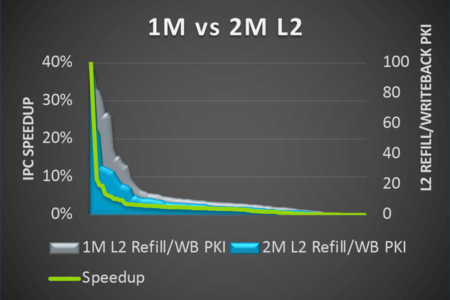True - but when it comes down to brass tacks a lot of it is the grift of the sales person at the store for most people that just walk in and buy one, and what their supervisors have told them to push in any given day, week or month.
Sales person grift / supervisors: that's all true, but I think that would've stayed same throughout the transition from Intel → Apple Silicon, no?
According to Jamf's quote of IDC,
enterprise use of Macs has also increased from 19% in 2019 to 23% in 2021.
The vendor assessment report states, “The Adoption of Mac usage in the enterprise (1,000+ employees) is growing by many measures. In the United States, average penetration of macOS devices is around 23%, compared with 17% in 2019.” The report continues, “Macs, of course, are not the entire story around Apple devices in the enterprise. According to IDC's 2020 enterprise survey, iPhones account for 49% of the smartphone installed base among U.S. enterprises, and iPads make up the majority of tablets used in business. The proliferation of Apple devices — macOS devices, as well as iPhones, iPads, and Apple TV — in business is causing many organizations to rethink their approach to overall endpoint provisioning, management, and security.”
//
True - but when it comes down to brass tacks a lot of it is the grift of the sales person at the store for most people that just walk in and buy one, and what their supervisors have told them to push in any given day, week or month.
Eh wah wussat nau?!
Plenty of TVs still use fans - I'm sure other consumer electronics do also.
All current major brand game consoles including the ARM based Switch have fans, as does the Steam Deck - and don't some of the wall powered Mac SKUs have a fan too?
Even some STB devices like digital terrestrial and digital satellite DVRs have fans.
From what I know, most TVs stopped using fans with the transition to LED backlights, away from CCFL & plasma.
A few quick teardowns all show passive heatsinks:
65" Vizio MQ8 QLED,
TCL QLED 5 series,
65" Sony 900-series LED,
some generic FALD LED TV I can't identify (German vid), etc.
//
Ah, game consoles, I did forget those: that's a good point, thank you, and the larger Macs, too, though—still need to find that source again—but I believe desktop Macs are quite very low volume relatively (like single-digit % of all macOS shipments).
Some STBs, yes:
the Apple TV ironically does use a fan, too.
So fair enough: an overreach with
just Windows laptops and desktops as the remaining actively-cooled electronics: thank you for the correction. Maybe more accurately, the most
visible / loud fans in consumer usage seem to be Windows laptops & desktops. In that sense, Windows OEMs share the blame with their selection of 1) too-hot CPUs in too-thin chassis and 2) the lower efficiency of Intel CPUs anyways in consumer workloads.
I've rarely seen a console or Apple device, though, that has bad fans; these mass-market, few-SKU devices usually have really excellent thermal design.
//
Doing Chrome OS a dirty there.
They grew by almost 2.84x, almost half as much as MacOS did in global total %.
Which makes me surprised that Google switched back to pursuing Android tablets, and downgraded Chrome OS development 😕🙃
Unfortunately, IDC includes Chromebooks in the same shipments as "laptops & desktops", but it would have been good to see another reference.

 www.windowscentral.com
www.windowscentral.com






